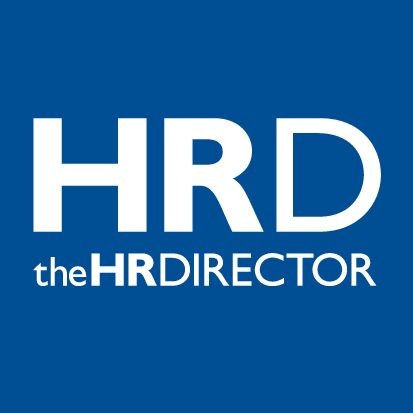One impact of the global pandemic was an acceleration in the adoption of new technologies. HR was no exception, with many companies using the last two years to create process efficiencies, update old systems to boost productivity or implement new tools to help with their post-Covid recovery.
However, this rapid increase has also brought its own challenges. A survey by PwC found that 82% of organisations experienced problems with the adoption of new HR technologies. They concluded that most of these problems “can be linked back to planning phases that miss getting all the right people in the room to answer the right questions for change at scale”.
It’s clear that, without solid foundations in place, integrating multiple HR technologies and building a tech stack can bring about more problems than it solves. Something we see time and again is that if jobs aren’t fixed at the core or foundation, then it creates bigger and more complex challenges further down the integration process. Essentially, a sequence of chain reactions.
One key area to start is with your job architecture, which refers to the infrastructure or hierarchy of jobs within an organisation. It is an evolution of what used to be called job classification, which has now evolved beyond simply classifying jobs and encompasses job levels, job titles, job grades, how employees progress through careers and how they are rewarded.
Having a well-designed, comprehensive, job architecture framework gives organisations the agility to respond quickly to changes happening in the global economy.
Workplaces are evolving at a rapid pace. Technology is causing many skills to become obsolete, whilst simultaneously creating huge demands for others. Employees are seeking out flexibility and career progression – and are willing to move jobs regularly to achieve these. So much so, Grant Thornton found that 21% of Americans accepted a new job during the last 12 months and of these, 40% are already looking for another job.
Without solid foundations in place, integrating multiple HR technologies and building a tech stack can bring about more problems than it solves.
A job architecture creates agility, consistency and transparency. It underpins all of the key HR processes that top priorities for organisations right now so you can:
Provide clear routes for career progression: often there are great opportunities for people to move from one function to another using their transferable skills but there is not enough transparency about these opportunities because the hierarchies are of confused and inconsistent.
Clearly identify career pathways and communicate these to employees: LinkedIn’s 2020 Global Talent Trends study found that companies with active internal career management programs have 41% higher retention rates.
Get a comprehensive overview of your skills landscape: what skills are most needed in your organisation? How is this picture changing overtime? Where are your skills shortages compared to your competitors? What skills are transferable from one function to another? All of these answers to these questions are more easily answer with a comprehensive framework in place.
Align jobs following a merger or acquisition: in this situation, it is not uncommon for companies to just retain the job titles and job descriptions from the two organisations creating inconsistency and misalignment. A job architecture provides a framework for alignment and a common language across the combined organisation.
Ensure the effectiveness of your HR tech stack: a fundamental component for an effective HR technology stack is having a well-designed, simple yet comprehensive, job architecture framework in place. If this isn’t addressed first, organisations can spend millions of dollars on integration, only to find their job architecture doesn’t align with new processes and automation.
RoleMapper’s Guide to Job Architecture offers practical insights and recommendations for HR professionals when designing and maintaining an effective organisational architecture. Download RoleMapper’s Guide to Job Architecture







